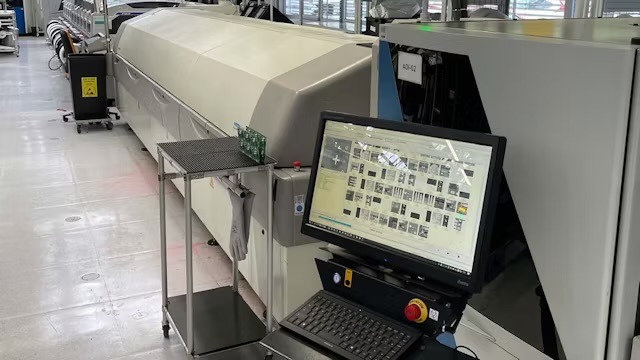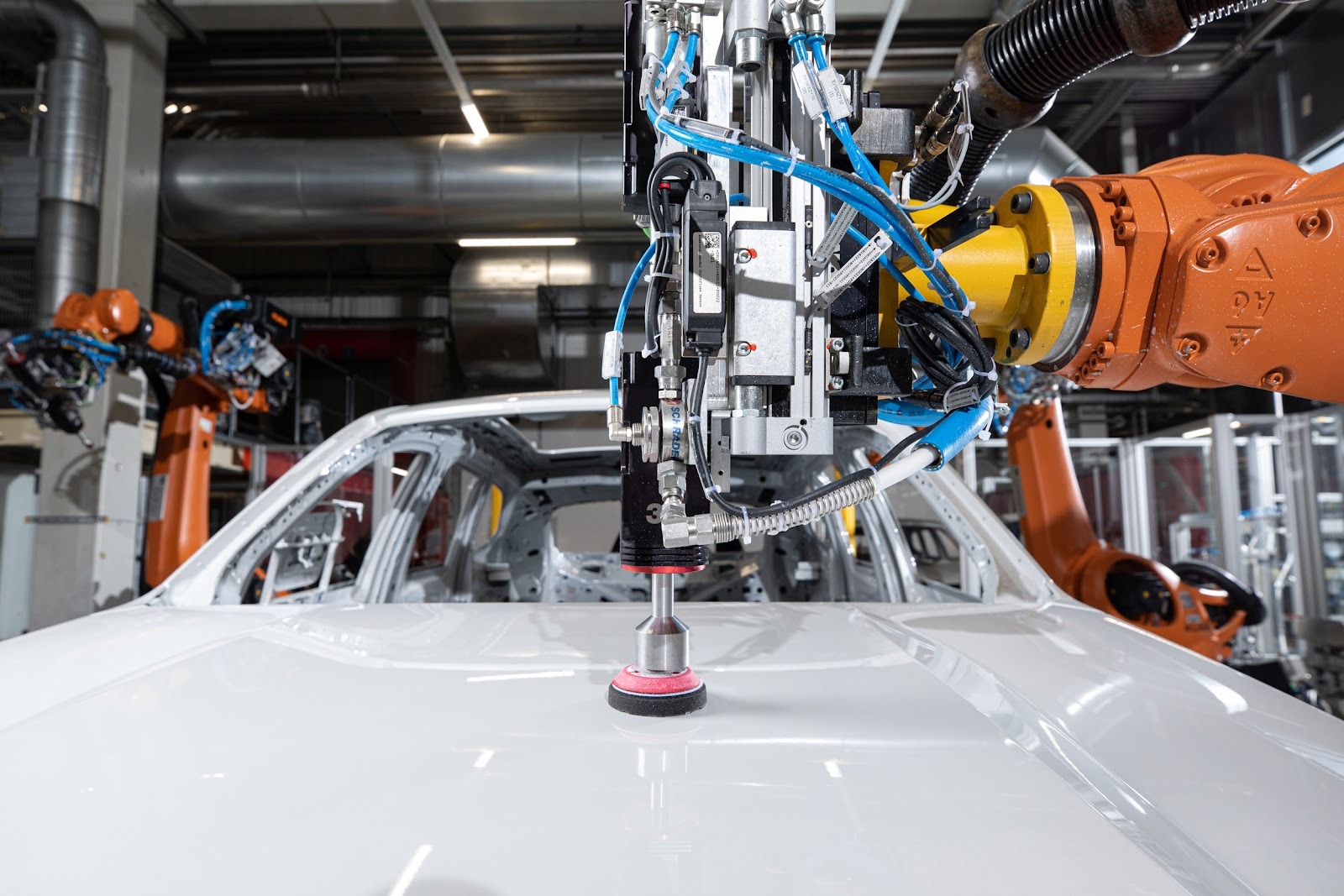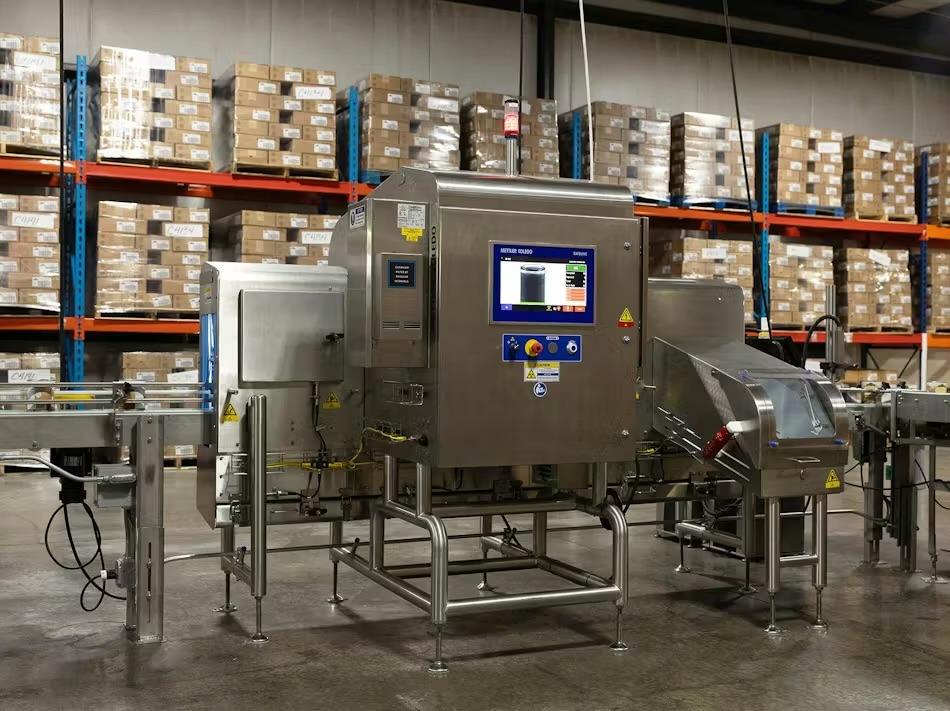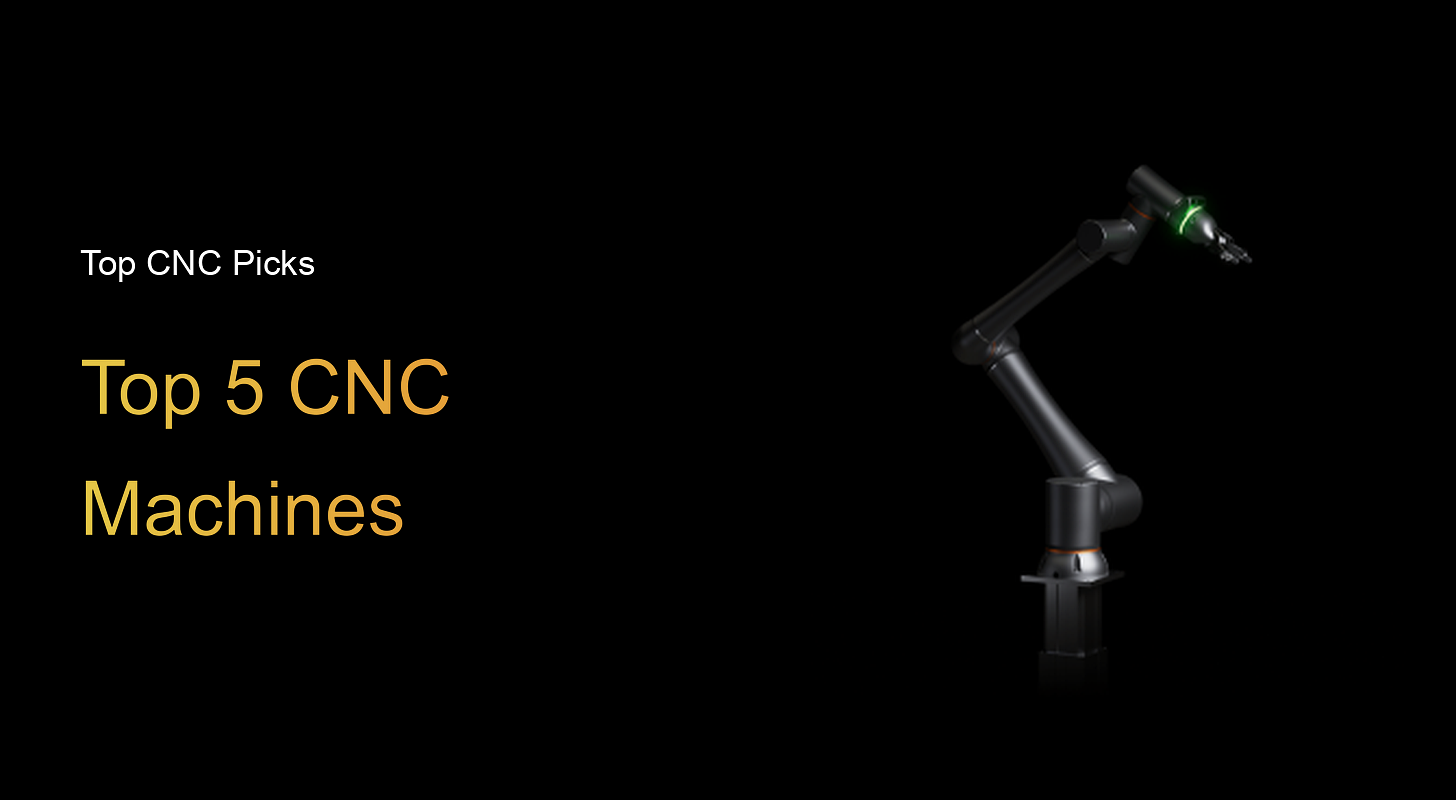Every manufacturer knows the nightmare of a product recall.
A tiny defect that slips past human eyes can cost millions, damage trust, and even put safety at risk. The problem is scale, which automated inspection systems can handle.
Using high-resolution cameras, sensors, and AI, automated inspection systems flag defects as they appear. Vendor tests in narrow tasks can exceed 99% accuracy, but real-world results vary by product and setup.
What are automated inspection systems?
Automated inspection systems are hardware and software solutions that use machine vision and artificial intelligence. These systems automatically examine products and processes to detect defects, ensure quality, and verify compliance with standards with minimal human intervention.
Their core purpose is to provide consistent, repeatable quality control at a speed that manual inspection simply can’t match. Because of their hardware and software integration, they’re also referred to as automated inspection equipment or automated inspection machines.
These systems are found across industries:
- Electronics: AOI checks printed circuit boards for soldering errors and missing components.
- Aerospace and machining: Robotic CMMs deliver ultra-precise dimensional checks on critical parts.
- Automotive: Vision inspection machines verify weld seams and paint quality on every vehicle.
- Food and beverage: Optical inspection lines ensure seals and labels are intact before shipping.
Manual inspectors can catch surface flaws, but fatigue, line speed, and complexity make errors inevitable. Automated inspection equipment doesn't tire, doesn't blink, and applies the same standard to every unit.
How do automated inspection systems work?
Automated inspection systems work by following a clear sequence: capture, processing, decision, and feedback.
- Capture: Cameras, probes, or sensors scan the product. This could be a high-resolution camera snapping an image of a circuit board, or an X-ray looking inside a sealed package.
- Processing: The raw data is sent to software powered by image recognition, AI, or statistical algorithms. The system compares what it sees against the standard reference model.
- Decision: Based on that analysis, the machine decides if the part passes, fails, or requires rework.
- Feedback: The system sends results to the line and can trigger an automatic reject, flag a unit for manual review, or log data in MES/ERP.
- Calibration and environment: Proper lighting, lens setup, and stable conditions reduce false positives and missed defects.
For example, on a packaging line, a vision system can instantly detect a misprinted label or an open seal. Instead of a worker catching it hours later, the defective product is rejected on the spot, preventing wasted inventory and regulatory risks.
Types of automated inspection systems
Types of automated inspection systems include AOI, vision, CMMs, X-ray or CT, and robotic inspection.
Here’s where each fits best:
Costs and ROI of automated inspection systems
Costs and ROI depend on system complexity: basic vision can come in under $50,000; advanced multi-sensor machines can exceed $200,000. Most pay back in one to two years.
Cost ranges
Cost ranges for common setups are:
- Entry-level systems such as standalone AOI or simple vision inspection machines typically cost between $25,000 and $50,000.
- More advanced inspection equipment, like robotic CMMs or X-ray or CT systems, often runs between $100,000 and $200,000+.
Pricing depends heavily on integration needs, calibration, and software. Exact figures are usually available only from vendors, since most don’t publish official price lists.
ROI examples
- Electronics manufacturers report major reductions in defect-related returns, often translating into six-figure annual savings.
- Automotive factories improve throughput by keeping weld inspection automated 24/7, avoiding downtime from human fatigue.
- Food and beverage producers use automated inspection machines to prevent recalls, with case studies showing savings in the $500,000 to $1 million per year range.
Payback period
Most installations pay back in 12 to 24 months, depending on defect rates, volume, and automation level. Companies producing high volumes or operating under strict compliance standards usually see faster returns.
7 key benefits of automated inspection systems
The key benefits of automated inspection systems include higher accuracy, nonstop throughput, cost savings, improved safety, traceability, scalability, and stronger compliance across industries.
- Higher accuracy and consistency: Automated inspection equipment applies the same standard to every unit. In electronics, AOI systems routinely spot soldering errors too small for the human eye, reducing costly quality escapes.
- 24/7 throughput: Unlike manual inspection, automated inspection machines can run continuously. Automotive plants rely on vision systems that check weld seams around the clock, keeping up with high production volumes.
- Lower long-term costs: While the upfront investment is significant, the savings from reduced recalls, rework, and scrap quickly add up. Food and beverage companies avoid costly recalls and scrap by catching packaging defects before products ship.
- Improved safety: Inspection systems can take over tasks that are hazardous for workers. X-ray inspection, for example, allows food producers to detect contaminants without exposing staff to radiation.
- Data collection and traceability: Every inspection creates a digital record. Aerospace manufacturers use robotic CMMs to generate traceable quality reports for compliance with strict regulatory standards.
- Scalability and flexibility: Robotic inspection systems with multi-sensor end effectors adapt quickly to new product lines. A machining shop can switch from measuring gears to turbine blades with only minor reprogramming.
- Better compliance: Industries facing tight regulations use automated inspection systems to prove compliance. Vision inspection machines help meet FDA labeling requirements by detecting even small misprints or missing expiration dates.
Challenges and limitations of automated inspection systems
The challenges and limitations of automated inspection systems include high upfront costs, complex integration, calibration requirements, data management issues, and the need for skilled workforce training.
- Upfront cost: Even with strong ROI, the initial investment can feel steep for small or mid-sized manufacturers. Advanced systems like X-ray or robotic CMMs may exceed $200,000 before integration.
- Integration with existing systems: Inspection equipment must connect with PLCs, MES, or ERP software to be fully effective. This requires engineering time and may bottleneck when legacy systems are outdated.
- Calibration and false positives: Vision and sensor-based systems rely heavily on calibration and environmental control. Poor lighting or vibration can lead to false positives, slowing down production instead of improving it. These systems also require ongoing maintenance, e.g., calibration checks, component upkeep.
- Data management: Automated inspection machines generate vast amounts of quality data. Without proper storage, analysis tools, and secure handling, that data can overwhelm teams rather than add value.
- Workforce training: Operators need to understand system setup, calibration, and basic troubleshooting. Without training, manufacturers risk downtime and underuse of the technology.
- Mitigation tips: Choosing the right vendor, running small pilot programs, and aligning IT/OT systems before rollout helps address these challenges. Many companies also combine automation with human oversight at first to ensure smooth adoption.
Here’s a quick summary of the benefits and challenges of automated inspection systems:
Examples of automated inspection systems
Examples of automated inspection systems include PCB optical inspection in electronics, vision systems for automotive weld and paint quality, and high-speed packaging verification in food and beverage production. These systems highlight how different industries deploy AOI, vision inspection, and robotic equipment to improve quality, safety, and compliance.
Electronics: PCB automated optical inspection (AOI)

Electronics manufacturing is one of the earliest adopters of automated inspection. AOI machines scan printed circuit boards (PCBs) with high-resolution cameras to detect missing components, soldering defects, or misalignments.
AOI systems for PCB inspection achieve detection accuracy rates of 98–99%, significantly outperforming manual inspection's 85–90% accuracy rate.
Another case showed a 42% improvement in first-pass yield at Siemens after optimizing AOI setups, while Matric Electronics raised yields above 98% by combining pre- and post-reflow inspection.
These results highlight how automated inspection directly translates into fewer escapes, higher throughput, and more reliable electronics production.
Automotive: Weld seam and paint inspection

In automotive plants, vision inspection machines monitor weld seams, adhesive application, and paint finish in real time. A single robotic vision cell can check dozens of weld points in seconds, ensuring structural integrity before vehicles move further down the line.
BMW has reported using automated inspection for seam tracking and paint quality, achieving high defect detection accuracy. This reduces both warranty claims and rework costs, while also guaranteeing compliance with ISO safety standards.
Food and beverage: Packaging integrity inspection

Food and beverage producers rely on automated inspection machines to verify seals, labels, and barcodes on high-speed packaging lines. Optical systems check hundreds of packages per minute for correct labeling and intact seals.
For example, Nestlé reported that vision inspection systems reduced rejected product rates and supported FDA and EU labeling compliance. Some X-ray systems used in meat and dairy inspection have also reduced contamination-related recalls, with plants reporting meaningful annual savings.
Decision guide recap for automated inspection systems
The decision guide recap for automated inspection systems maps each type of inspection equipment to the industries and challenges it best addresses.
- X-ray and CT systems uncover hidden flaws in electronics, food, or medical devices.
- CMMs are ideal for aerospace and machining, offering micron-level dimensional checks.
- AOI systems are best for electronics and PCB assembly, where speed and surface-level accuracy matter most.
- Vision inspection machines suit automotive and packaging, catching weld defects, labels, and seals in real time.
- Robotic inspection systems provide the most flexibility, adapting across multiple industries with different sensor end effectors.
Summing up
Automated inspection systems have moved from “nice to have” to essential in modern manufacturing. They deliver consistent accuracy, ensure compliance, and cut costs by reducing recalls and waste. The right choice depends on the product and industry, from AOI in electronics to vision in packaging, CMMs in aerospace, and X-ray for hidden defects.
Robotic inspection systems offer the flexibility to cover multiple applications at once. With most deployments paying back in one to two years, inspection automation is one of the fastest ways manufacturers can boost quality, safety, and efficiency in 2025.
Next steps with Standard Bots’ robotic solutions
Looking to upgrade your automation game? Standard Bots Thor is built for big jobs, while Core is the perfect six-axis cobot addition to your machine-tending cell, delivering unbeatable throughput and flexibility.
- Affordable and adaptable: Core costs $37k. Thor lists at $49.5k. Get high-precision automation at half the cost of comparable robots.
- Perfected precision: With a repeatability of ±0.025 mm, both Core and Thor handle even the most delicate tasks.
- Real collaborative power: Core's 18 kg payload conquers demanding palletizing jobs, and Thor's 30 kg payload crushes heavy-duty operations.
- AI-driven simplicity: Equipped with advanced demonstration learning and real-time adaptation through Standard Bots' vertically integrated AI platform, Core and Thor integrate smoothly with manufacturing operations for flexible automation.
- Safety-first design: Machine vision and collision detection mean Core and Thor work safely alongside human operators.
Schedule your on-site demo with our engineers today and see how Standard Bots Core and Thor can bring AI-powered greatness to your shop floor.
FAQs
1. What are automated inspection systems used for?
Automated inspection systems are used for detecting defects, measuring dimensions, and ensuring product quality across high-speed production lines. AOI machines verify PCB solder joints, vision systems analyze automotive weld seams and paint quality, and robotic CMMs confirm aerospace component dimensions down to microns.
2. How much does automated inspection equipment cost?
Automated inspection equipment costs vary by complexity. Entry-level AOI or vision systems start around $25,000 to $50,000, while advanced robotic CMMs or X-ray systems range from $100,000 to $200,000+. Pricing depends heavily on integration, calibration, and production line requirements.
3. What industries benefit most from automated inspection machines?
Industries that benefit most from automated inspection machines include electronics, automotive, aerospace, food and beverage, and pharmaceuticals. Electronics uses AOI for circuit boards, automotive deploys vision inspection for welds and paint, and aerospace relies on robotic CMMs for precise component measurements.
4. What are the advantages of automated inspection over manual inspection?
The advantages of automated inspection over manual inspection are accuracy, speed, and consistency. Automated systems apply uniform standards without fatigue, scan hundreds of units per minute, and create digital records for compliance auditing and traceability that manual inspection can't match.
5. How do automated inspection systems integrate with existing production lines?
Automated inspection systems integrate with existing production lines by connecting to PLCs, MES, or ERP software for real-time feedback. Vision systems can trigger automatic rejects when defects appear, and newer machines offer no-code programming that reduces integration time without custom coding.
6. What challenges should manufacturers expect during deployment?
Manufacturers should expect high upfront costs, complex integration with legacy software, calibration requirements, and data management challenges during deployment. Vision systems need stable lighting to avoid false positives, X-ray machines require trained operators, and vast quality records must be properly stored and analyzed.
brighter future
Join thousands of creators
receiving our weekly articles.







.png)


